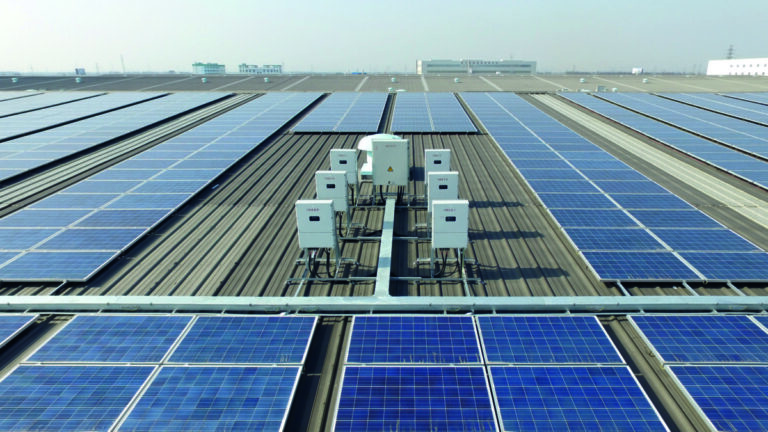Researchers in China have proposed a new hybrid transaction model for distributed energy trading. The model encourages the participation of aggregators in distributed resource market transactions and promotes the expansion of distributed energy storage.
Researchers from China have proposed a new model for optimizing distributed energy trading markets.
Their hybrid transaction model (HTM) works as a two-tiered market. The first level concerns trade between small prosumers and aggregation entities, while the second level involves trade between aggregators and larger industrial and commercial parties. Blockchain technology secures and verifies the transactions.
“The development of the distributed energy (DP) trading market in many emerging economies is still in its infancy, which is mainly attributed to the increasingly rational market mechanisms and increased regulatory requirements associated with rising renewable energy penetration,” said the academics. “There is an urgent need to optimize the mechanisms underlying the DP trading market and promote the development of DP resources.”
The HTM involves four participants: private users, industrial and commercial users, energy companies and aggregators. Aggregators not only facilitate transactions but also pool resources. At the first level, residential users trade excess energy with aggregators, who then use their stable supply and market power to connect with larger industrial and commercial buyers.
Residential users can purchase electricity from aggregators or use stored energy when their PV systems are not producing. They can also sell excess energy to aggregators or store it in their own storage systems.
Industrial and commercial users have three options: trade with aggregators in the DP market, purchase power at varying prices based on demand, store excess energy in aggregators’ devices, or trade directly with other companies in the market.
“The distributed energy trading model between industrial and commercial users (choice 3) works in the same way as peer-to-peer (P2P) trading within a microgrid,” the scientists explained.
To ensure the stability of the power grid and meet real-time demand, researchers have based their trading mechanism for both layers on a continuous double auction (CDA). Commonly used in securities trading, CDA allows simultaneous bidding by both buyers and sellers. The system follows the rule of ‘credit priority, price priority, time priority’, prioritizing the highest credit rating, then the best price and finally the earliest bid.
“In this model, smart contracts automate transactions instantly, executing transactions when predefined conditions are met, reducing manual intervention and ensuring fairness. Blockchain technology further strengthens participants’ trust by ensuring the traceability and authenticity of every transaction,” the researchers said. “Additionally, it also streamlines the settlement process by recording transactions on a decentralized ledger, minimizing transaction costs and accelerating payments.”
The group recommended several policy changes for China and similar markets to support the proposed model. These include promoting aggregator companies, integrating large-scale and decentralized storage into the market, and accelerating the verification of green certificates.
They introduced the proposed model in “Hybrid transaction model for optimizing the distributed energy trading market”, which was recently published in Humanities and Social Sciences Communication. Researchers from Jiangnan University, Xiamen University, Southeast University and China University of Petroleum (East China) conducted the study.
This content is copyrighted and may not be reused. If you would like to collaborate with us and reuse some of our content, please contact: editors@pv-magazine.com.


